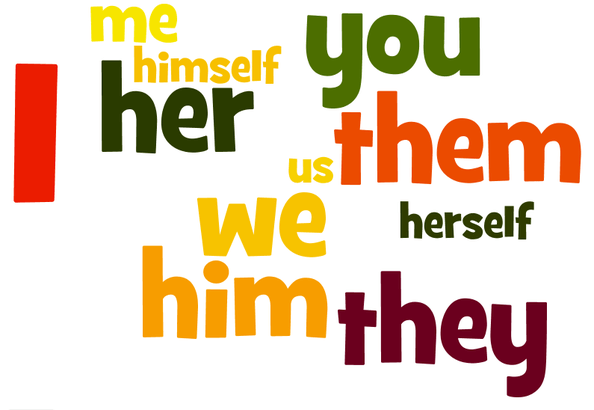(+) I’m = I am
You’re = You are
(-) I’m not = I am not
You’re not = You aren’t = You are not
(?) Am I …?
Are you …?
Quy ước:
(+) = positive (thể khẳng định)
(-) = negative (thể phủ định)
(?) = question (thể nghi vấn)
Ví dụ:
I’m Tom King. (I’m = I am)
You’re in room 2. (You’re = You are)
Am I late? Yes, you are. No, you aren’t. (aren’t = are not)
Trên đây là ba ví dụ đơn giản của động từ “to be” đi với hai trong bảy đại từ nhân xưng tiếng Anh là “I” và “you”.
Chú ý:
⦁ Trong tiếng Anh chúng ta luôn sử dụng tên (a name) hoặc một đại từ (pronoun) với động từ to be.
VD: You are Anna.
Pronoun Verb Noun
⦁ Ngôi “I” luôn được viết hoa.
⦁ Người bản ngữ thường dùng dạng viết tắt (contractions) trong lúc trò chuyện. VD: you’re, I’m
⦁ Trong Tiếng Anh thay vì chỉ trả lời “Yes/ No” bạn nên trả lời ngắn gọn với “Yes, I am./ Yes, you are; No, I’m not./ No, you aren’t”. Lưu ý là không được viết tắt I’m/ you’re trong câu trả lời với “Yes”.


